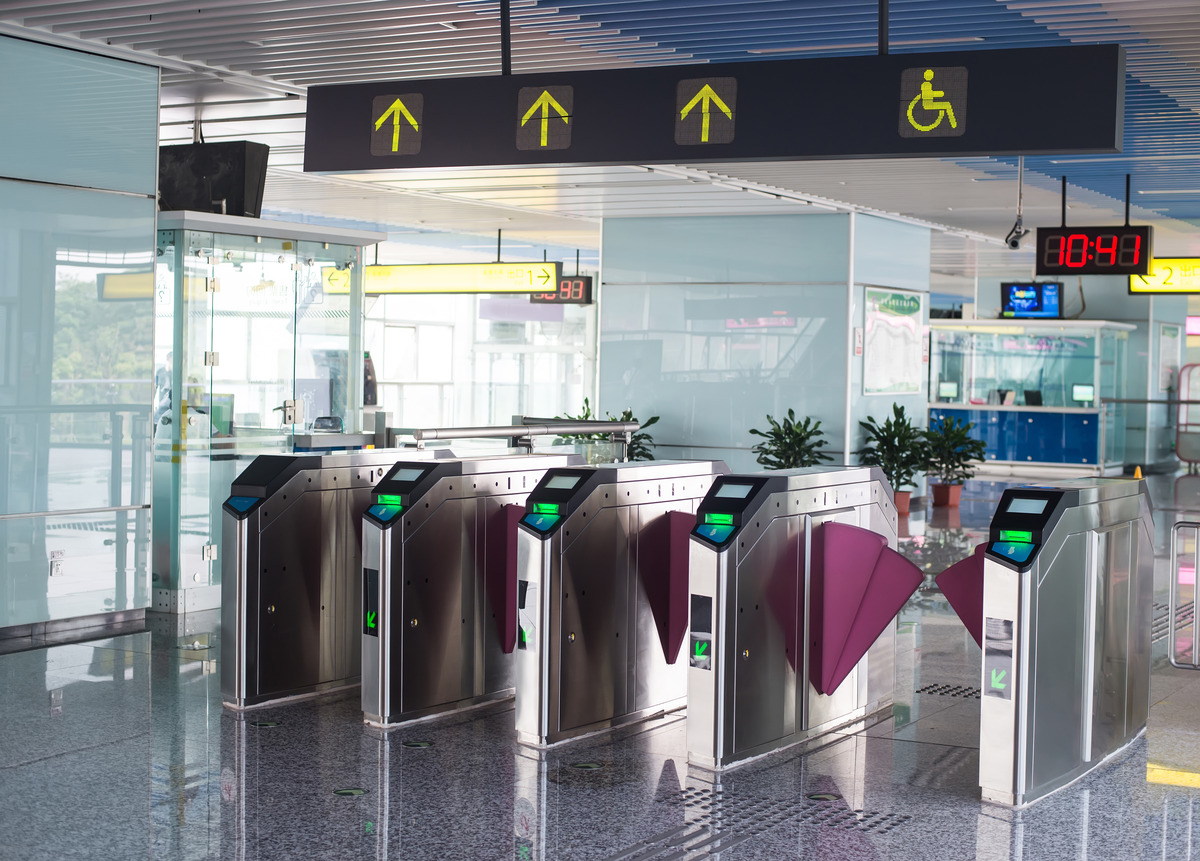Why Turnstile Systems Are an Essential Component of Public Safety Strategies

Turnstiles are a key piece of technology in the ongoing search for better public safety measures in cities and beyond. They serve not only as barriers but also as sophisticated tools for monitoring and managing access to various spaces. This introduction of turnstile systems into public areas has revolutionized the way we think about and implement safety measures. It’s a fusion of physical barriers and technology-enhanced security, ensuring only authorized individuals gain entry, thus playing a crucial role in safeguarding the populace.
The discussion on integrating turnstile systems into public safety strategies is not just about restricting access; it extends to crowd management and emergency response. These systems provide a structured approach to controlling foot traffic, thereby reducing the risk of overcrowding and enabling efficient evacuation during emergencies. Through this lens, turnstile systems are not merely barriers but essential components of comprehensive public safety plans, underscoring their importance in creating safer, more manageable environments for everyone.
Enhancing Security and Crowd Control
Turnstile systems play a crucial role in enhancing security measures and crowd control in public spaces. By regulating access, these systems ensure that only authorized individuals can enter certain areas, significantly decreasing the likelihood of unauthorized entry. This mechanism is integral to maintaining order and safety, allowing for a systematic and controlled flow of people. Furthermore, in scenarios where large gatherings occur, turnstiles help manage the crowd efficiently, preventing potential hazards related to overcrowding, such as stampedes or altercations.
Implementing turnstile systems in venues like stadiums, transportation hubs, and entertainment complexes can dramatically improve the management of large crowds. These systems not only streamline entry and exit processes but also facilitate a safer environment by dispersing crowds more effectively. Additionally, the presence of turnstiles can deter potential security threats, as they present a physical barrier that must be passed through only after proper verification. This dual role of turnstiles in providing security and managing crowds underscores their essential contribution to public safety strategies.
Efficient Emergency Evacuation
Efficient emergency evacuation is a paramount concern that underscores the importance of turnstile systems in public safety. These systems can be ingeniously designed to ensure quick and orderly evacuations during crises by enabling one-way flow mechanisms or by being temporarily unlocked to allow free passage. The strategic placement of turnstile systems at exits ensures that, in the event of an emergency, the flow of individuals out of a venue is controlled yet unimpeded, significantly reducing the risk of bottlenecks and ensuring a smoother evacuation process.
Moreover, turnstile systems are pivotal in directing the movement of crowds during emergencies, guiding them toward designated exits in a calm and organized manner. This functionality is not only crucial for minimizing panic but also for enhancing the efficiency of emergency response teams. By preventing the chaotic scrambling often characteristic of emergency situations, turnstile systems contribute to a safer environment, allowing for the swift and safe evacuation of individuals from potentially hazardous scenarios.
Integration with Technology for Improved Safety
The integration of turnstile systems with advanced technology has significantly bolstered their role in public safety strategies. Modern turnstiles can be connected to surveillance and monitoring technologies, enabling real-time security assessments. This synergy enhances the ability to swiftly identify and respond to potential threats or irregularities. For instance, turnstiles equipped with biometric verification offer a higher level of security, ensuring that only authorized individuals gain entry. This technological fusion underscores the evolution of turnstile systems from mere physical barriers to sophisticated security solutions.
Looking towards the future, the potential for turnstile systems in public safety is vast. Innovations such as touchless entry mechanisms and integration with mobile device-based access controls are on the horizon. These advancements promise not only to streamline the user experience but also to elevate the efficacy of public safety measures. As turnstile systems continue to evolve, their contribution to creating safer public environments becomes even more indispensable, highlighting their crucial role in contemporary and future public safety strategies.
Key Takeaway
Turnstile systems are fundamental to the design of public safety strategies, as we have discussed. Their ability to regulate entry, manage crowds, facilitate emergency evacuations, and integrate with cutting-edge security technology presents a compelling case for their indispensability. By striking a balance between accessibility and security, these systems not only enhance the safety of public spaces but also contribute significantly to the overall sense of order and well-being in urban environments.
As public spaces continue to evolve and the demand for safer, more secure environments grows, the role of turnstile systems is set to become even more pivotal. The future holds promising advancements for these systems, potentially revolutionizing the way we secure and navigate public spaces. Thus, acknowledging and investing in the development and integration of turnstile systems is crucial for advancing public safety measures and ensuring the continued protection of individuals in diverse public settings.




